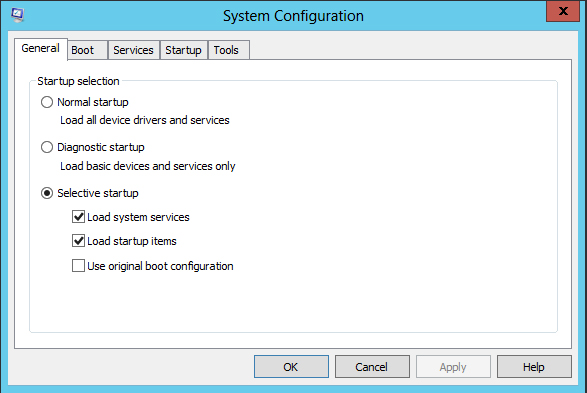How to use Windows System Configuration in Windows 8

Windows System Configuration, also known as msconfig.exe, is a powerful tool built into Windows 8 that allows users to manage system startup, services, boot options, and other system configurations. It provides a user-friendly interface for modifying system settings and diagnosing startup and performance issues. By using Windows System Configuration, users can control which programs and services start automatically with Windows, troubleshoot system startup problems, and optimize system performance. In this comprehensive guide, we’ll explore everything you need to know about using Windows System Configuration in Windows 8, including accessing its features, modifying startup settings, managing services, and troubleshooting common issues effectively.
Accessing Windows System Configuration:
To access Windows System Configuration in Windows 8, follow these steps:
- Open Run Dialog: Press the Windows key + R on your keyboard to open the Run dialog.
- Open msconfig: Type “msconfig” in the Run dialog and press Enter. This will launch the System Configuration utility.
Understanding System Configuration Tabs:
Windows System Configuration consists of several tabs, each providing access to different system configuration settings:
- General: The General tab allows users to configure startup options, including Normal startup, Diagnostic startup, and Selective startup. Users can also choose to launch System Configuration at startup.
- Boot: The Boot tab allows users to configure advanced boot options, such as booting into Safe Mode, changing the timeout for selecting the default operating system, and modifying boot parameters.
- Services: The Services tab displays a list of all services installed on the system. Users can enable or disable individual services and change their startup type (Automatic, Manual, or Disabled).
- Startup: The Startup tab displays a list of all programs that start automatically with Windows. Users can enable or disable startup items to control which programs launch at startup.
- Tools: The Tools tab provides quick access to various system tools, such as Event Viewer, Task Manager, System Information, and more.
Modifying System Configuration Settings:
To modify system configuration settings in Windows System Configuration, follow these steps:
- Select Startup Options: On the General tab, choose the desired startup option: Normal startup, Diagnostic startup, or Selective startup. Diagnostic startup loads only basic devices and services, while Selective startup allows users to choose specific startup options.
- Configure Boot Options: On the Boot tab, configure advanced boot options, such as booting into Safe Mode or modifying boot parameters. Users can also set the default operating system and change the timeout for selecting the default OS.
- Manage Services: On the Services tab, manage system services by enabling or disabling individual services and changing their startup type. Be cautious when modifying services, as disabling essential services can affect system functionality.
- Control Startup Programs: On the Startup tab, control which programs start automatically with Windows by enabling or disabling startup items. Disabling unnecessary startup programs can help improve system performance and reduce startup time.
Troubleshooting with System Configuration:
Windows System Configuration can be a valuable tool for troubleshooting various system issues, including startup problems and performance issues. Here are some common troubleshooting scenarios where System Configuration can be useful:
- Diagnosing Startup Problems: Use the General tab in System Configuration to boot into Diagnostic startup mode, which loads only basic devices and services. This can help isolate startup problems caused by third-party software or drivers.
- Disabling Startup Programs: If your computer is slow to boot or experiences performance issues, use the Startup tab to disable unnecessary startup programs. Disabling startup items can help reduce system startup time and improve overall performance.
- Troubleshooting Services: If you suspect that a particular service is causing problems, use the Services tab to disable or enable individual services and change their startup type. Be cautious when modifying services, as disabling essential services can affect system functionality.
- Changing Boot Options: If you need to boot into Safe Mode or modify boot parameters, use the Boot tab in System Configuration to configure advanced boot options. This can be useful for troubleshooting system startup problems or accessing advanced troubleshooting tools.
Conclusion:
Windows System Configuration is a versatile tool in Windows 8 that allows users to manage system startup, services, boot options, and other system configurations. By accessing its features and modifying system settings, users can control which programs and services start automatically with Windows, troubleshoot startup and performance issues, and optimize system performance. Whether you’re diagnosing startup problems, disabling unnecessary startup programs, or troubleshooting system services, System Configuration provides a user-friendly interface for managing system configurations effectively. With its comprehensive set of features and troubleshooting tools, Windows System Configuration is an essential tool for maintaining the health and performance of your Windows 8 computer.




